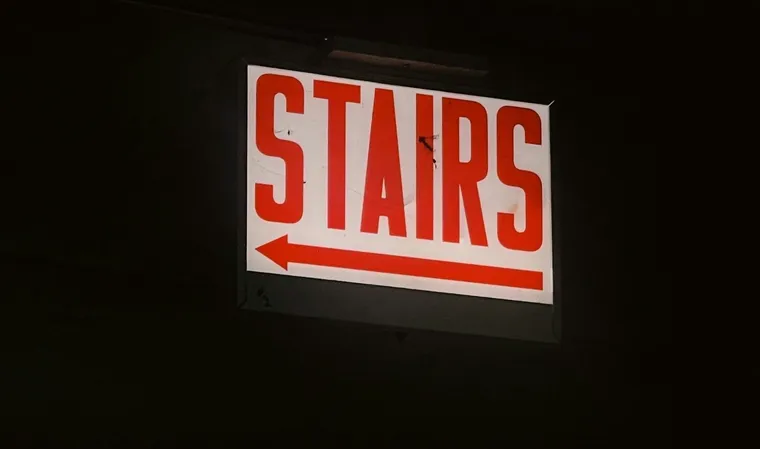Mobility experts emphasize that stairlifts are one of the most effective home modifications for aging adults. By reducing fall risks and promoting independence, stairlifts allow seniors to remain in multi-level homes longer, making them a valuable investment in both safety and quality of life.
What Is a Stairlift & How It Works
- A stairlift is a motorized chair or platform fixed on a rail that travels along a staircase, allowing a person with limited mobility to go up/down safely.
- Powered by electricity (usually plugged in) with battery backup to allow use during outages.
Types of Stairlifts
- Straight Stairlifts – For staircases without curves, turns or landings. The most common and generally the least expensive.
- Curved Stairlifts – Designed for staircases with turns, landings, or special shapes. Custom rails are required, increasing cost.
- Outdoor Stairlifts – Built to resist weather (rain, snow, temperature changes), for porches, steps outside.
- Platform or Vertical Platform Stairlifts (VPLs) – For wheelchair users, with a platform that carries the person and their wheelchair up/down stairs. More expensive.
Key Benefits of Stairlifts & How They Enhance Daily Mobility
Installing a stairlift offers seniors independence by making every floor of their home accessible without assistance. It reduces the risk of falls, eases daily routines, and allows aging adults to remain in their homes longer. Stairlifts also provide emotional benefits—restoring confidence, reducing physical strain, and allowing family members peace of mind knowing their loved one is safer.
U.S.-Specific Considerations (2025)
- Local Building Codes / Housing Design: Stair design, width, landing geometry, power supply access impact what kind of stairlift can be installed, and the cost.
- Insurance / Medicaid Coverage: Medicare generally does not cover stairlifts, but many state Medicaid programs do via Home and Community-Based Services (HCBS) waivers. Eligibility and coverage vary by state.
- Veteran & Nonprofit Assistance: Some veterans’ programs and nonprofit/home modification grants may help with the cost.
Typical Cost of Stairlifts and Factors That Influence Pricing
Stairlift costs can range from $2,500 to $12,000 depending on the model and staircase design.
- Straight stairlifts: $2,500–$5,000
- Curved stairlifts: $7,000–$12,000 (custom builds increase costs)
- Outdoor stairlifts: $4,000–$8,000
Additional costs may include professional installation, extended warranties, and optional features like swivel seats or remote controls.
Tips for Choosing & Reducing Costs
- Measure your staircase precisely (straight vs. curved, length, width).
- Get multiple quotes from trusted dealers, and check service & support.
- Consider used or refurbished models if quality and warranty are acceptable.
- Check state Medicaid HCBS waiver programs for potential funding.
- Explore nonprofit grants or veteran assistance.
- Look for optional features you really need (e.g. swivel seat, power fold-up rails) so you don’t pay for extras you won’t use.
Conclusion
Stairlifts are a practical, life-changing solution for seniors who want to maintain independence and mobility at home. With multiple models, customizable options, and safety features, they can fit almost any home and lifestyle. While the cost may feel significant, the investment pays off in comfort, safety, and peace of mind. By exploring different types and funding options, seniors can find a stairlift that meets both their needs and budget.
References
- How Much Do Stair Lifts Cost in 2025? — National Council on Aging
- How Much Does a Stair Lift Cost? — HomeGuide
- Does Medicaid Cover Stairlifts? — Options HME Stair Lifts
- How Much Does a Stair Lift Cost? — Forbes

